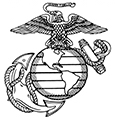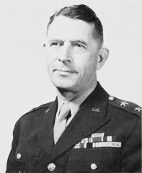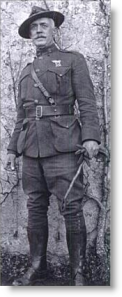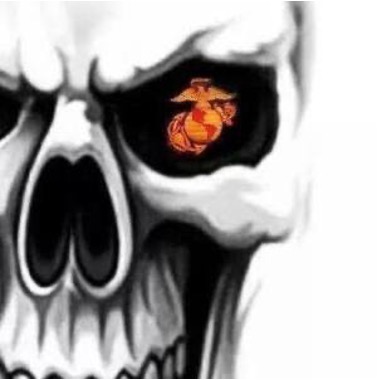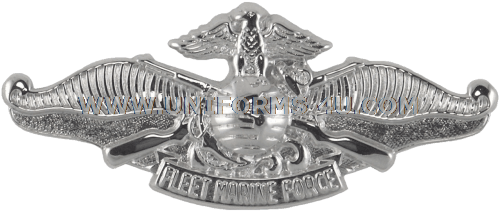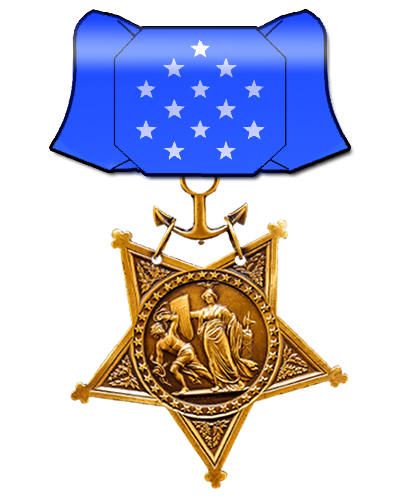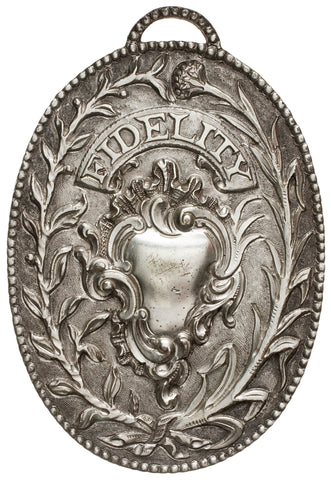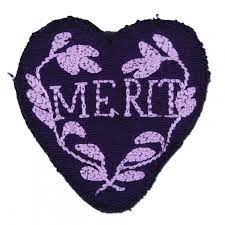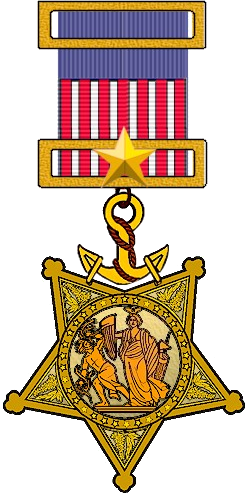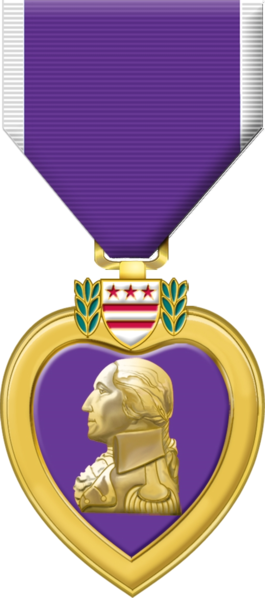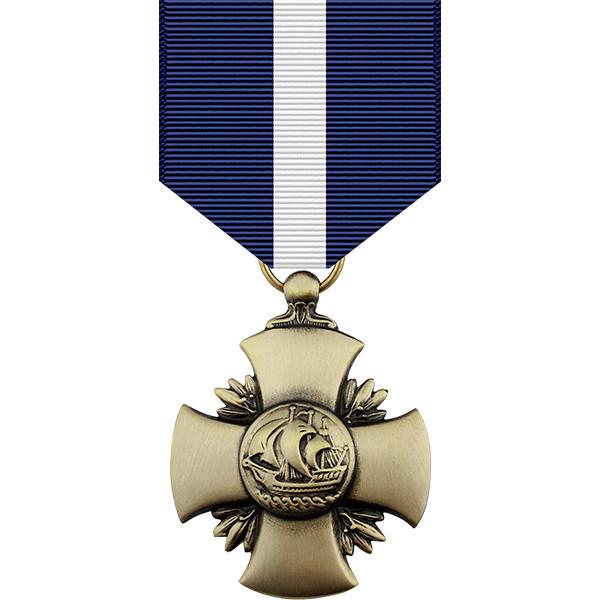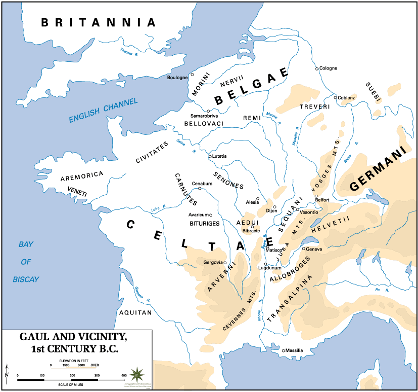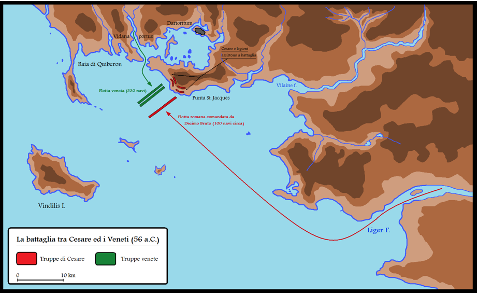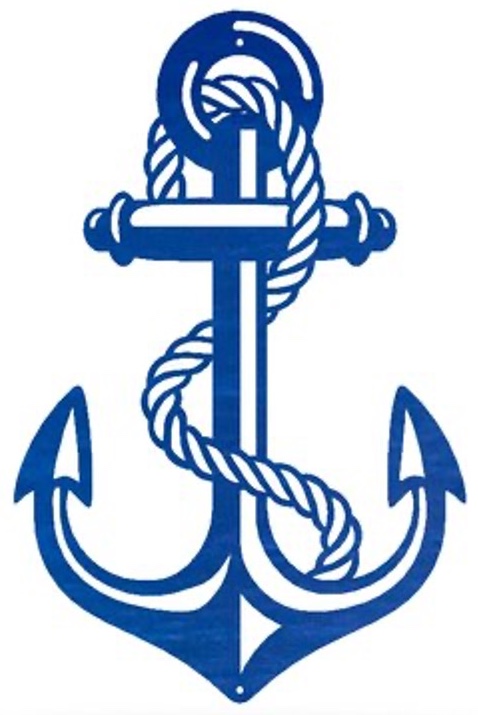
Most people may know what an aircraft carrier is, but they may need help recognizing the designations CVA, CVB, CVL, CVS, CVAN, or CVN. And there are ample reasons why they should. The designations only have significance to the Navy and Marine Corps. In essence, the designations are Carrier-Aircraft-Attack, Carrier-Large, Carrier-Small, Carrier-Anti-submarine, Carrier-Nuclear Powered Attack, and Carrier-Nuclear.[1]
If you imagined that the Navy has other nautical designations, you’d be right — we will talk about a couple of them. Designations BB stood for battleships, and SS stands for submarine. But the topic of our conversation today is DD and DE. DD is the designation for destroyer, and DE stands for destroyer escort. Some see these ships as tiny little fellows similar to coastal patrol boats (PCs) and torpedo patrol boats (PTs) — but they’d be wrong.
A destroyer is a fast, maneuverable, long-endurance warship intended to escort larger vessels of the fleet, convoy, or carrier battle groups and defend them against a wide range of general threats. The destroy was a concept of the Spanish naval architect Fernando Villaamil as a defense against torpedo boats. They were initially called torpedo boat destroyers (TBDs), shortened to Destroyer since World War I. Between then and the beginning of the Second World War, destroyers were light ships with little endurance for unattended ocean operations. In the U.S. Navy, the Allen M. Sumner class Destroyer grew to a displacement of 2,200 tons. The more modern Arleigh Burke Class ship has a displacement of 9,600 tons. The Burke-class guided-missile destroyer packs quite a wallop.
Currently, destroyers are the global standard for surface-combat ships. Only the United States and Russia operate heavier cruisers. No battleships or battle cruisers remain on active duty. In terms of weight and size, today’s destroyers are the equivalent of cruisers from World War II. In terms of firepower, there is no comparison. Today, the destroyer averages 510 feet in length, displaces 9,200 tons, and carries more than 90 missiles. Many navies use the term “frigate” for their destroyers, which leads to some confusion.[2]
Only a foolish sea captain will want to “take on” an American destroyer or escort — true from around 1931 – 1932, the U.S. Navy’s first post-World War I design. The Navy’s redesign of the destroyer led to the Destroyer Escort. During the interwar years, the Navy’s school of ship design, favoring some smaller destroyer design, drove home the point that the fleet should have a small ship favoring many of the destroyer’s features but constructed to perform chores too minor for the newer, larger, destroyers. The debate was an important one leading up to the Second World War.
The destroyer escort originated in 1940, around fifteen months before Pearl Harbor. On paper, the Navy was already wrestling with the problem of transatlantic convoys. Fortunately, the quest for a smaller substitute for destroyers began when the British Navy completed its trial of small destroyers. These were the twenty Hunt class ships measuring 272 feet, 28-foot beam, and 904 tons displacement. According to a United States naval officer familiar with the background of the DEs, the Royal Navy ships came in for intensive study by U. S. naval observers.[3] At top speed, they logged 32½ knots (37 mph), which took them out of the slow-poke escort category. The Hunt class lent itself nicely to the evolution of the type of U. S. vessel under consideration. However, it must have been patent that a U. S. ship intended for transatlantic convoy rather than North Sea sweeps should place cruising radius ahead of speed. At any rate, the small British destroyers furnished so many fundamental hints that what we can say about these World War II-era vessels is that they did bear a resemblance to their British cousins.
There were two geniuses behind the U.S. Navy’s development of destroyer escorts. In 1940, the son of U.S. Marine Corps Brigadier General Henry Clay Cochrane, (then) Captain Edward L. Cochrane, and Commander Earle W. Mills, U.S. Navy.[4] Both went to work with a will. While showing some kindship to the British Hunt class, the result was a distinctly new ship designed for convoy protection over long stretches of sea.
The compromise between destroyer and escort vessel is reflected even in the designation of the DE. Admiral Cochrane returned to the United States with his findings early in 1941. He was Assistant to the Head of the Design Division of the Bureau of Ships until November 1942, when he was promoted to Rear Admiral and made Chief of the Bureau. Commander Mills, promoted to Rear Admiral, became Assistant Chief. In the meantime, the DE took substance on the drawing boards and then on the shipways. Everyone in the Navy with surface combat experience immediately recognized the worthiness of these “small ships.”
There is adequate proof of this — forever embedded in the heroism of the men who manned these fantastic ships in World War II — and who man their newer versions today.
Destroyers (DDs) and Destroyer Escorts (DEs) are named after U.S. Navy and U.S. Marine Corps heroes. And some are even named for combat ships — to honor the memories of their entire crews. USS Samuel B. Roberts is one of these.
Samuel Booker Roberts, Jr. (1921 –1942) was a Coxswain (pronounced Cox’in) killed in the Battle of Guadalcanal and the namesake of three U.S. Navy warships. Roberts enlisted in the Navy in 1939. He served aboard USS California (BB-44), USS Heywood (AP-12), and USS Bellatrix (AK-20). Bellatrix was assigned to Task Group Four and became part of the Guadalcanal assault force. As a coxswain in command of small boats, Roberts helped ferry supplies from the transport ships to the beachhead.
Japanese counterattacks began on August 7, 1942, forcing Admiral Fletcher to withdraw his landing fleet (for their own preservation). Roberts volunteered to remain behind to support the Marines who had recently gone ashore. He was attached to the beach master at Lunga Point. The unit included both Navy and Coast Guard personnel, transporting Marines and supplies to beaches along the island’s northern coast — and evacuating wounded Marines.
On the morning of September 27, 1942, Roberts again volunteered — this time for a rescue mission to save a company of Marines that an estimated Japanese battalion of naval infantry had surrounded. The rescue group of several Higgins boats was taken under heavy fire, which brought the mission perilously close to failure. Roberts distracted the enemy fire by taking his boat directly before the Japanese firing line, drawing away their fire. Roberts’s efforts permitted the evacuation of the Marines, but Roberts was mortally wounded. Coxswain Samuel B. Roberts was awarded the Navy Cross medal for his valor in the face of enemy fire. Three warships have been named in the young warrior’s honor: DE-413 (sunk on October 25, 1944). Sam Roberts’s younger brother, Jack, was a USS Samuel B. Roberts crew member. DD-823 was commissioned in 1946 and struck in 1970. FFG-58, a guided missile destroyer, was commissioned in 1986 and decommissioned in 2015.
Our friend at Pacific Paratrooper recently publicized the announcement by Secretary of the Navy Carlos Del Toro to name an Arleigh Burke-class guided-missile destroyer in honor of Ernest Edwin Evans, the first American Indian in the U.S. Navy, to earn the Medal of Honor — and one of only two World War II destroyer captains to attain it.
Taffy Three
The Battle of Samar was the centermost action of the Battle of Leyte Gulf, one of the most significant naval battles in history, which took place in the Philippine Sea off Samar Island in the Philippines on October 25, 1944. It was the only major action in the larger battle in which the Americans were largely unprepared. After the previous day’s fighting, the Imperial Japanese Navy (IJN) mobile striking force, under the command of Admiral Takeo Kurita, had suffered significant damages and appeared to be retreating westward. However, by the next morning, the Japanese force had turned around and resumed its advance toward the Leyte Gulf. With Admiral William Halsey lured into taking his powerful Third Fleet north after a decoy, the Seventh Fleet engaged to the south and recently landed 130,000 men of the Sixth U.S. Army, who were left vulnerable to Japanese assault at Leyte.
Admiral Kurita, aboard Yamato, took his large force of battleships, cruisers, and destroyers from the San Bernardino Strait and headed south toward Leyte, where they encountered Task Unit 77.4.3 (Call Sign Taffy Three), the northernmost of the three escort carrier groups under Rear Admiral Clifton Sprague (comprising the only American forces remaining in the area). Composed of only six small escort carriers, three destroyers, and four destroyer escorts, Taffy 3 was intended to provide shore support and anti-submarine patrols and did not have guns capable of penetrating Japanese naval armor.
The Japanese opened fire shortly after dawn, targeting Taffy 3’s escort carriers, which Kurita mistook for the main carriers of the Third Fleet. The escort carriers fled for the cover of rain squalls and launched their aircraft in defense, while the three destroyers, led by USS John V. Johnston, launched a torpedo attack that sank one ship and sent the Japanese strike force into disarray.
Japanese aircraft from a base at Luzon launched a kamikaze attack on the retreating American task force, sinking one escort carrier and damaging three others. When aircraft assigned to Taffy Two joined the battle, the increasing severity of the air attack further convinced Kurita that he was engaging the Third Fleet’s surface carriers. Satisfied with sinking what he believed were multiple carriers and worried the bulk of the Third Fleet was approaching, Kurita withdrew his fleet north, failing to carry out his orders to attack the landing forces at Leyte Gulf.
Taffy 3 sustained heavy losses, losing two escort carriers, two destroyers, a destroyer escort, and numerous aircraft. Over 1,000 Americans died, comparable to the combined losses of American men and ships at the Coral Sea and Midway. Three Japanese cruisers were sunk by air attack, and three others were damaged. The Japanese had over 2,700 casualties. Taffy 3 was awarded the Presidential Unit Citation.

Commander Ernest E. Evans, USN, served as the captain of the USS Johnston, serving in command since the ship’s commissioning on October 27, 1943. Upon assuming command, Evans told his crew, “This is going to be a fighting ship, and I intend to take her in harm’s way. Anyone who doesn’t want to go along had better get off right now.”
When the Japanese fleet was first sighted, Commander Evans did not hesitate. After laying a smoke screen to help hide the escort carriers from enemy gunfire, he ordered his helm hard to port, and he led his destroyer out of the task unit’s circular antiaircraft disposition in favor of charging the enemy alone to make a torpedo attack. Some claim that Evans told his crew over the ship’s intercom: “A large Japanese fleet has been contacted. They are fifteen miles away and headed in our direction. They are believed to have four battleships, eight cruisers, and a number of destroyers. This will be a fight against overwhelming odds from which survival cannot be expected. We will do what damage we can.”
Charging in against the Japanese along with USS Johnston was USS Samuel B. Roberts. Roberts’ captain was Lieutenant Commander Robert W. Copeland (1910 – 1973) (later promoted to Rear Admiral).
The fate of Johnston‘s captain was never conclusively established and remains the subject of debate among survivors of the ship’s crew. Some say that Evans was hit by Japanese naval shellfire; others claim he was last seen boarding a damaged motor whaleboat. What is known is that Commander Evans was seriously injured during the battle and lived long enough to order his crew to abandon ship. He was not among the rescued crew.
Copeland was a recipient of the Navy Cross Medal. Commander Evans was a posthumous recipient of the nation’s highest award: The Medal of Honor.
Admiral Chester W. Nimitz, after the Battle of Samar, wrote, “The success of Taffy 3 was nothing short of special dispensation from the Lord Almighty.” Historians have cited the Battle of Samar as one of the greatest last stands in U.S. Naval History.
Sources:
- Copeland, R. W. The Spirit of Sammy B. Ocala, Florida 2007.
- Cutler, T. The Battle of Leyte Gulf, 23-26 October 1944. Naval Institute Press, 2001.
- Friedman, N. U.S. Destroyers: An illustrated Design History. Naval Institute Press, 2005.
- Hornfischer, J.D. The Last Stand of the Tin Can Sailor. Bantam Books, 2004.
- Thomas, E. Sea of Thunder: Four Commanders and the Last Great Naval Campaign, 1941 – 1945. Simon & Schuster, 2006.
Endnotes:
[1] The letter V is a designation for heavier than air (fixed wing) aircraft. In Latin and Italian, the word “to fly” is volare; in French, it is volplaner. Volplane means to soar or glide. Lighter than air aircraft were designated by the letter Z (Zepplin).
[2] The word frigate has evolved from the 17th and 18th centuries. It was given to any full-rigged ship built for speed and maneuverability, but today, its usage has little consistency. Today’s U.S. frigates take on a guided missile role, anti-submarine operations, air defense, and littoral combatant ships. The designation may also apply to destroyers and destroyer escorts — it all depends on who’s doing the talking.
[3] The Royal Navy rated their Hunt class ships as true destroyers.
[4] Both Cochrane and Mills were promoted to Rear Admiral.

